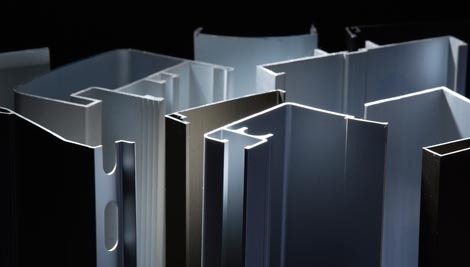- Home
- News
- Aluminum Corporation of China: Seeking Balance amidst High Fluctuations in Aluminum Prices in the Second Half of the Year
Aluminum Corporation of China: Seeking Balance amidst High Fluctuations in Aluminum Prices in the Second Half of the Year
Recently, Ge Xiaolei, the Chief Financial Officer and Secretary of the Board of Directors of Aluminum Corporation of China, conducted an in-depth analysis and outlook on the global economy and aluminum market trends in the second half of the year. He pointed out that from multiple dimensions such as macro environment, supply and demand relationship, and import situation, domestic aluminum prices will continue to fluctuate at a high level in the second half of the year.
Firstly, Ge Xiaolei analyzed the global economic recovery trend from a macro perspective. He believes that despite facing many uncertain factors, the global economy is expected to maintain a moderate recovery trend in the second half of the year. Especially with the widespread expectation in the market that the Federal Reserve will start cutting interest rates in September, this policy adjustment will provide a more relaxed macro environment for the rise in commodity prices, including aluminum. Interest rate cuts usually mean a reduction in funding costs, an increase in liquidity, which is beneficial for boosting market confidence and investment demand.
In terms of supply and demand, Ge Xiaolei pointed out that the growth rate of supply and demand in the aluminum market will slow down in the second half of the year, but the tight balance pattern will continue. This means that the gap between market supply and demand will remain within a relatively stable range, neither overly loose nor overly tight. He further explained that the operating rate in the third quarter is expected to be slightly higher than that in the second quarter, reflecting the positive recovery trend of industry production activities. After entering the fourth quarter, due to the impact of the dry season, electrolytic aluminum enterprises in the southwest region will face the risk of production reduction, which may have a certain impact on market supply.

From the perspective of imports, Ge Xiaolei mentioned the impact of factors such as the sanctions imposed by Europe and the United States on Russian metals and the slow recovery of overseas production on the aluminum market. These factors have collectively driven a significant increase in LME aluminum prices and indirectly affected China’s electrolytic aluminum import trade. Due to the continuous increase in exchange rates, the import cost of electrolytic aluminum has increased, further compressing the profit margin of import trade. Therefore, he expects a certain decrease in the import volume of electrolytic aluminum in China in the second half of the year compared to the previous period.
Based on the above analysis, Ge Xiaolei concludes that domestic aluminum prices will continue to fluctuate at a high level in the second half of the year. This judgment takes into account both the moderate recovery of the macro economy and the expectation of loose monetary policy, as well as the tight balance pattern of supply and demand and changes in the import situation. For enterprises in the aluminum industry, this means closely monitoring market dynamics and flexibly adjusting production and operation strategies to cope with possible market fluctuations and risk challenges.